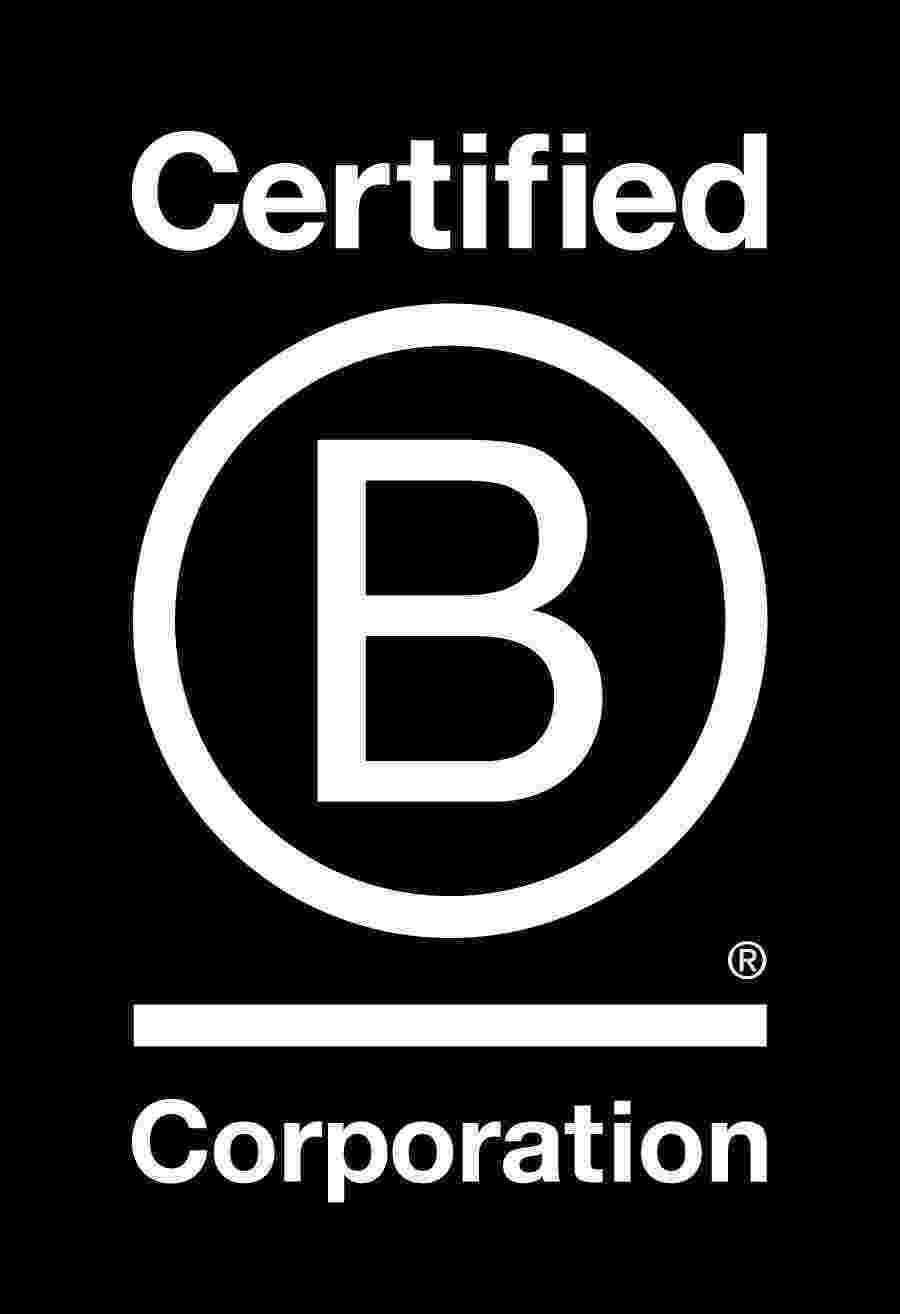10 Shifts Shaping The Future Of Advertising In New Zealand
It’s a strange time to be in advertising, especially on the media side of things. You see, we don’t seem to be very popular.
Tech companies led by Apple are cracking down on advertisers’ ability to target consumers; governments, through legislation like GDPR, are squarely taking aim at ad platforms’ ability to collect consumer data; and consumers themselves are increasingly turning to ad blockers and VPNs to stop data collection and usage. And there is a cornucopia of start-ups looking to take advantage of people’s desire to remain anonymous online.
As a media business, you’d expect us to be slightly concerned about the future, but nothing could be further from the truth. We see a huge opportunity for businesses to regain trust with consumers, with more thoughtful creative, better researched audience segments and ultimately smarter targeting using identity platforms rather than third party cookies.
However, beyond the concerns that are affecting advertisers and media agencies across the world, there has also been a significant shift across all forms of media here in New Zealand. As such, we believe that 2022 and 2023 will see the single biggest shift in media since launch of Google Ads in 2000. To prepare, we need to think about how businesses balance the role of media, data, and creativity.
10 Seismic Shifts We’re Seeing Right Now
- TV audiences dropping every month, especially in the 40-55 demographic.
This is driven by both the continued growth and investment in local (S)VOD services such as TVNZ OnDemand and NEON as well as the expansion of international services like Netflix, Disney+, Apple TV+ and Amazon Prime, combined with the proliferation of smart TVs in the local market. As a result, Linear TV advertising is getting more expensive despite audiences proving harder to reach at scale. - Facebook is under threat with dropping engagement and active users.
This has been largely because of a reduction in trust from users. Nearly 40% of their audience now un-addressable thanks to Apple changing its privacy settings. Consequently, CPCs and CPMS are increasing across the board, whilst resulting performance has been steadily declining since April. - Audiences are fragmenting across social media.
We’ve seen this change across a plethora of social networks including Instagram, Snapchat, Tik Tok, Twitch, YouTube, Pinterest, Twitter, and Reddit, as well as the expanding world of messaging apps like WhatsApp, Messenger, WeChat, QQ, Telegram, to name just a few! An ever-increasing number of popular platforms and an audience with limited time ultimately leads to increased fragmentation. - Paid search is gradually becoming more expensive.
As audiences shift from desktop to mobile devices, and as Google changes its base search algorithms to be more directed by machine learning than human interaction, we’ve seen CPCs rise. - Remarketing is under threat across the board.
This is particularly true of social and display. With cookies being deleted by Safari and Firefox in just 24 hours, and Facebook as a result unable to recognise users, retargeting is again becoming more expensive and less effective. - Local news publishers seeing declining revenue in print and as a result are trying to monetise every square inch of their digital properties.
To stay afloat in the digital age, local news publishers scramble to monetise online content. We’ve seen more and more invasive ad units that are both expensive and largely ineffective. - OOH model is changing with more digital sites being added all the time.
This means that more and more advertisers are on rotation and costs are rising – but has effectiveness? Jury’s out on this one but I’d argue not. - Programmatic advertising is becoming largely ineffective.
Once seen as the saviour of display advertising, the time of programmatic is passing. Due to changing audience behaviour, the loss of cookies, and (let’s face it) agency greed, programmatic is marked by a murky supply chain and burgeoning technology costs. - Radio. Still trucking along!
Well, who knows if radio works, and that’s probably why radio’s having a boom now? - Publishers largely not ready for prepared for the post cookie future.
Media companies with large audiences have been reliant on selling (anonymous) audience data to third parties through cookies. By 2023 Chrome will have joined Safari and Firefox in stopping third party cookies even firing, so the only way to truly stay relevant is by having a first party relationship with your readers and/or viewers that advertisers can then use to enhance their own data sets. The New York Times for example has been doing this since 2018 to great success, and NZ publishers need to work very hard over the next 12 months to catch up and then own this space. Otherwise, NZ advertisers will be forced to rely on the walled gardens of Facebook and Google.
So, now is the part where I should tell you what I think the future looks like, but I genuinely don’t know. We are very much in a state of flux.
My only prediction is that the advertising world will look very different by 2025 because of what we can see today. In turn, media agencies will look very different, with machines and algorithms managing the bulk of the implementation and people spending more time on understanding audiences and what makes them tick.
My hope is that we will see a new age of personalised advertising, where the value exchange between consumer and advertiser is understood, and time and effort is spent not on segmentation and targeting but on advertising that resonates, that is authentic and is truly matched to the needs of the consumer. A pipedream, maybe, but one can only hope.


